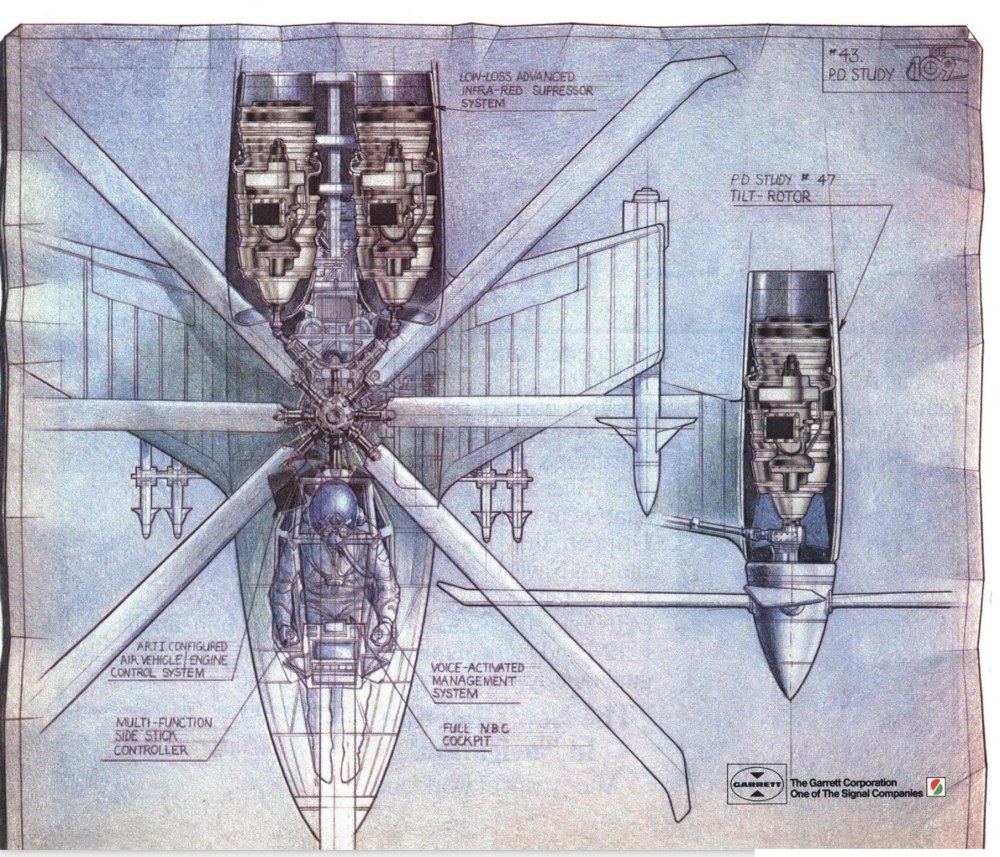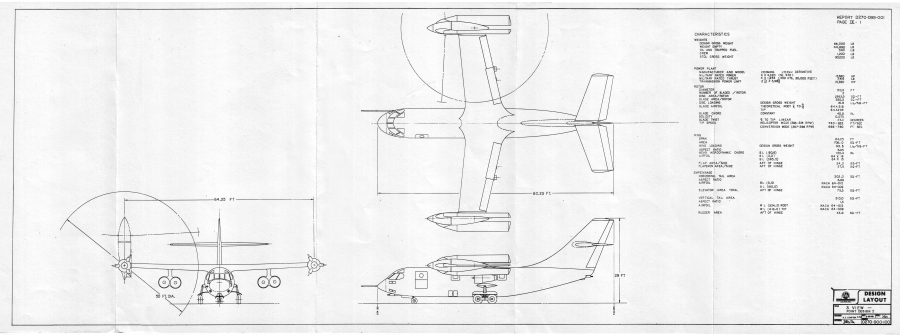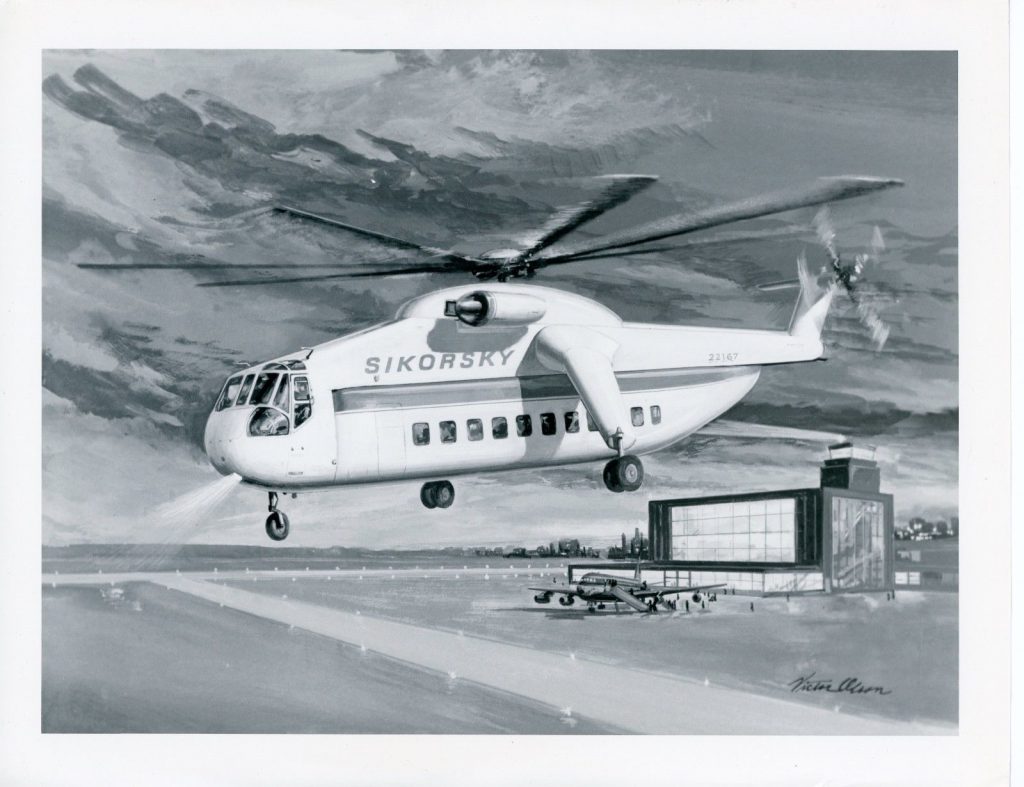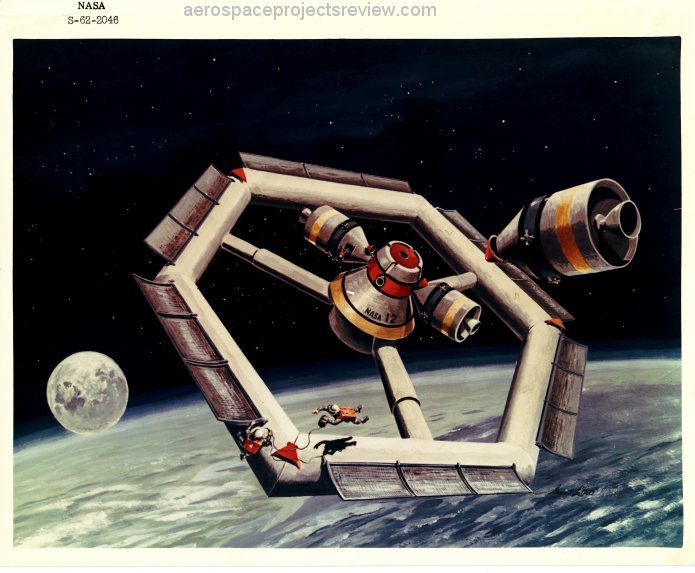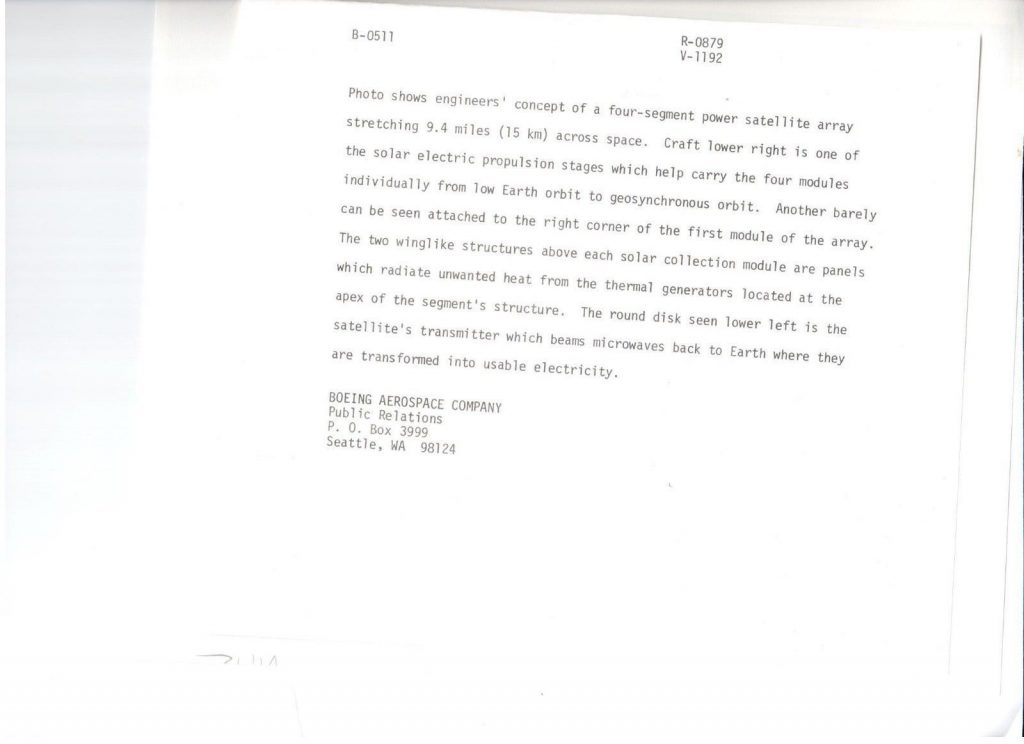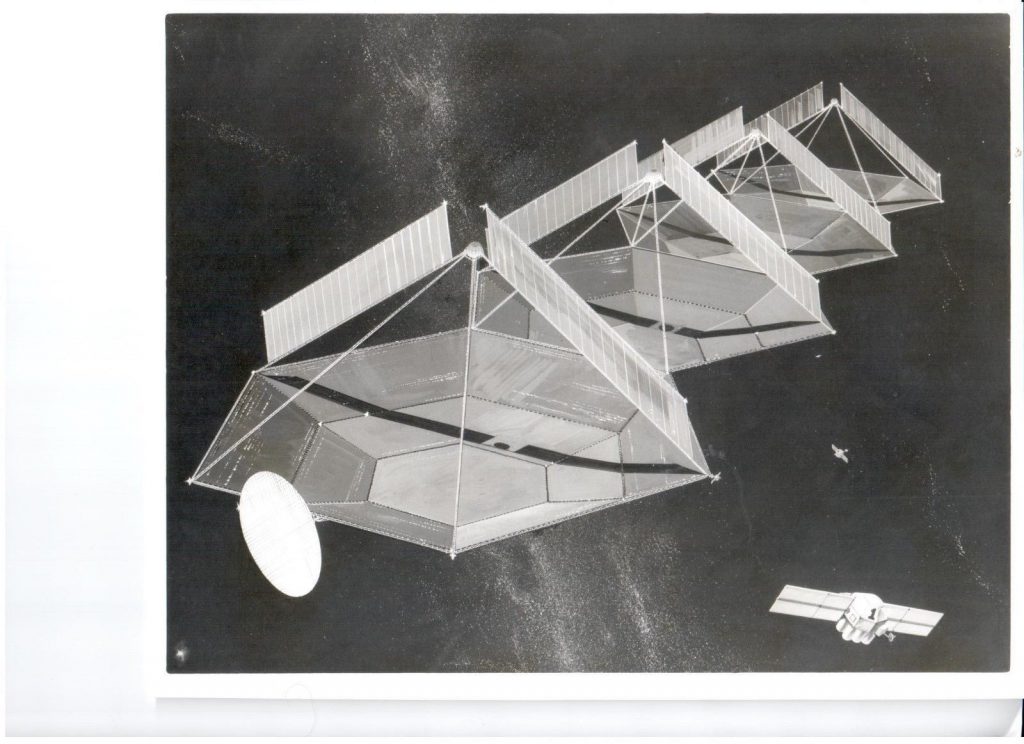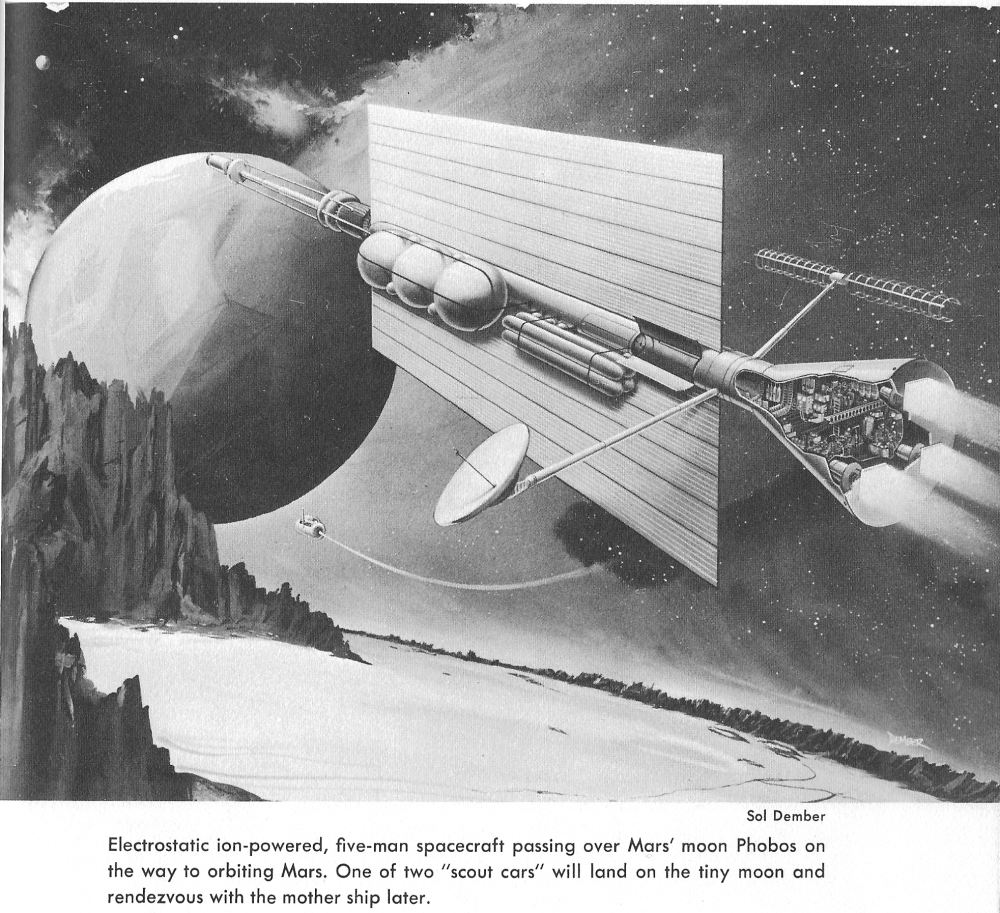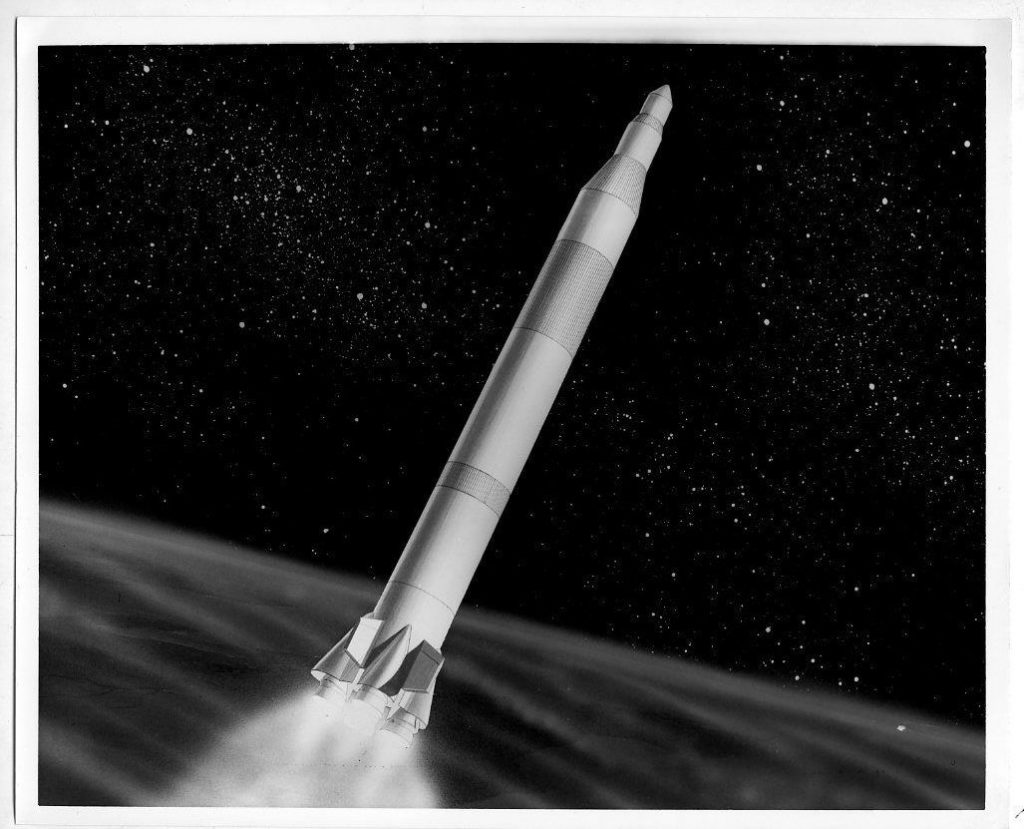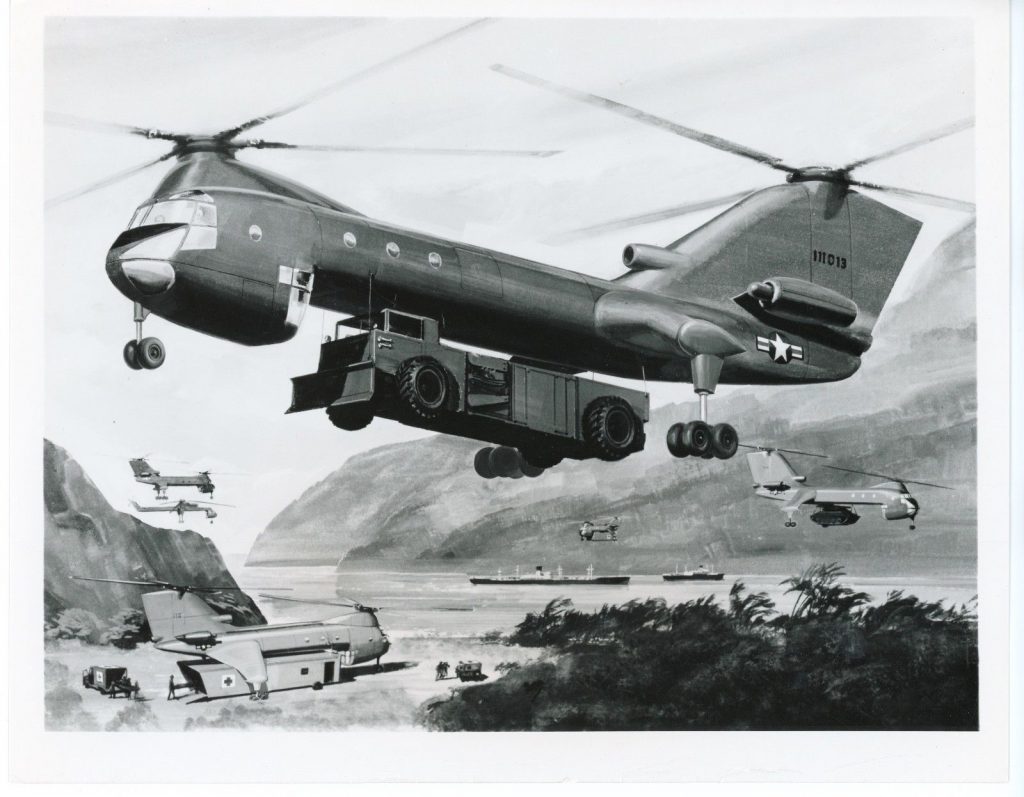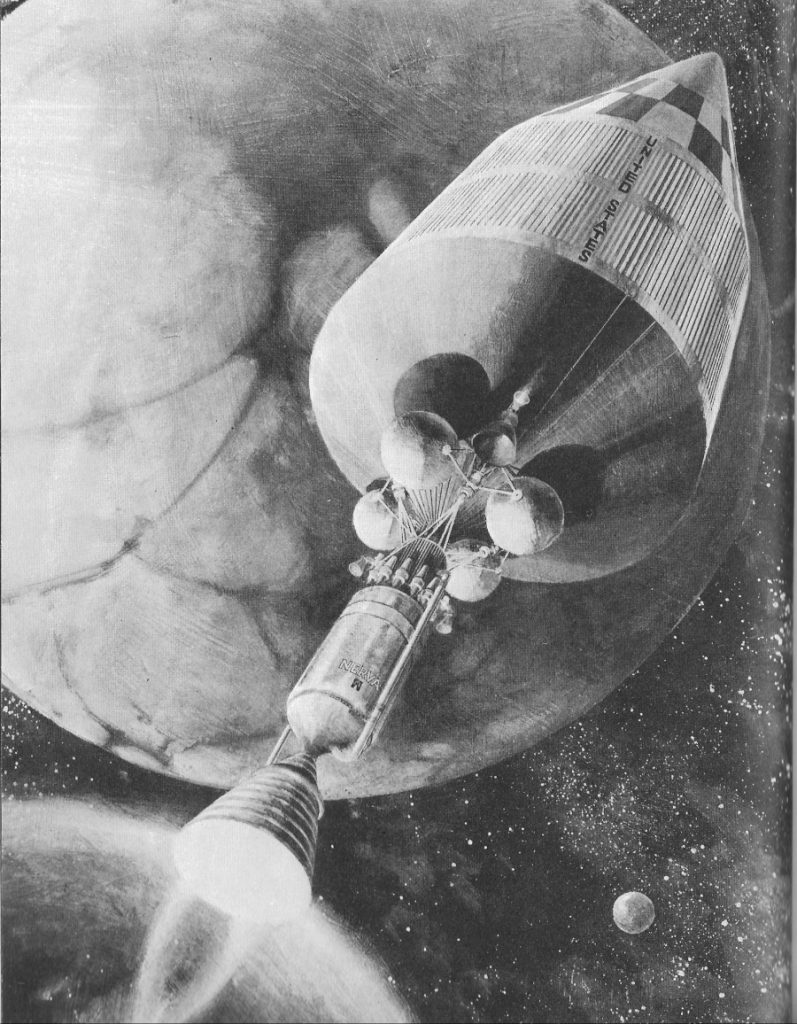In the mid-80’s, the Army wanted a light, fast, stealthy and armed helicopter for battlefield recon and the like. It was not meant to be an attack chopped like the AH-64, but rather something much more akin to the OH-58 Kiowa… it would spot the targets and target them, with the missiles like as not coming in from another source. In the end the LHX program resulted in the RAH-66 Comanche… which, as per usual, was cancelled after only a few were built.
While the Comanche was a more or less coventional sort of helicopter, early in the program the requirements were both aggressive enough and vague enough that very unconventional aircraft types were considered. Single-seat NOTAR and tiltrotor concepts were some of the least unconventional of the unconventionals, and those types got a fair amount of press at the time. It’s difficult to be certain just how serious some of them were, though companies like Bell put some considerable effort into tiltrotor ideas.
One image that I saw fairly commonly at the time was in an ad for turbine engine manufacturer Garrett. It’s a wonderful bit of art for engineering types like myself, and I always hoped that it was a serious design… but it was almost certainly not. Rather, it was either art-department guesswork or, at best, a notional design put forward by an engine company to show to aircraft manufacturers what their engines could do. It shows a single-seat design (the Comanche ended up being a two-seater, because flying a helicopter is difficult enough without the added burden of futzing around with sensors and weapons) with Kamov-style counter rotating rotors, stub wings and numerous air-to-air missiles. The Soviet Hind helicopter was giving NATO conniptions at the time, and an important role for the LHX was to sweep those flying battlewagons from the sky. The design is also shown as having a tilt-rotor option… something that would be truly unique in the history of aviation design. The tail of the craft (if any – it might have been meant to be a really, really stubby aircraft) is not shown, probably because it was never designed. I’d love to be wrong, though… teenage-me loved this thing back in the day.
